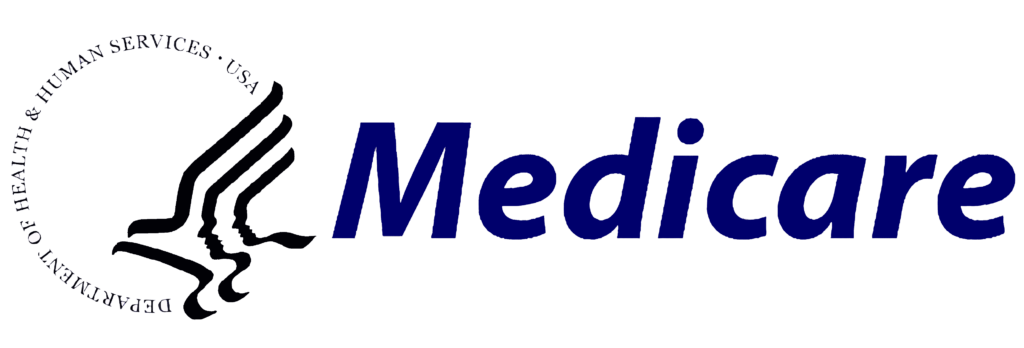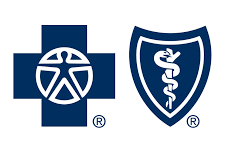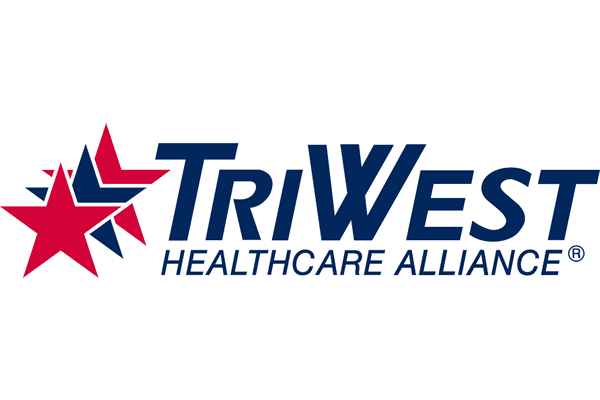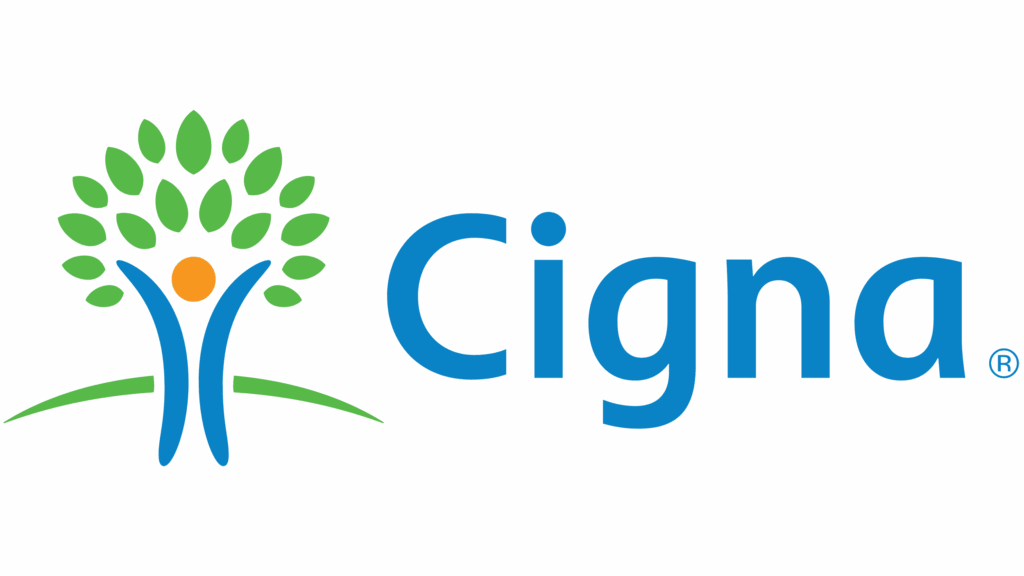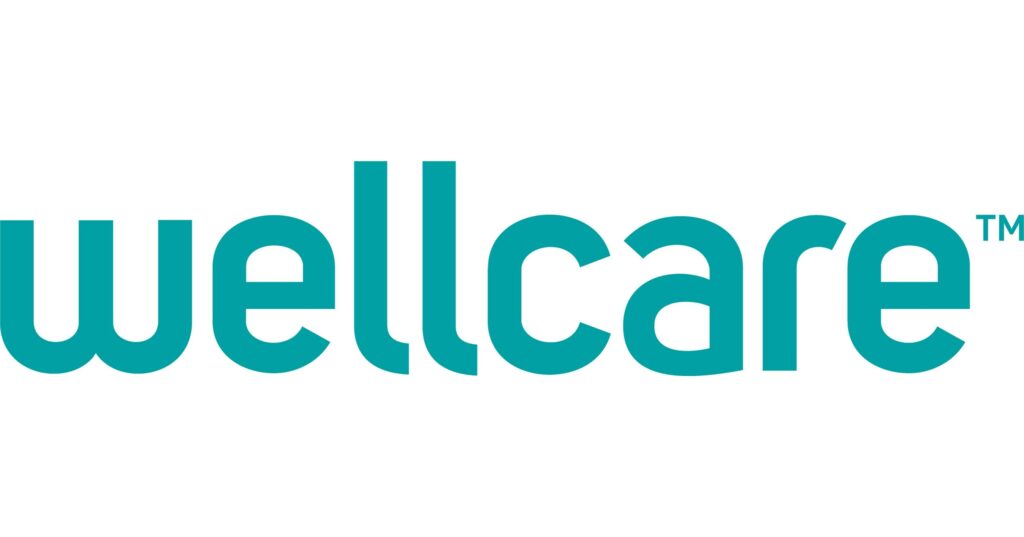Edema
- Skip The Waiting Room
- No Exposure To Other Sick Patients
- No Patient Travel Is Required
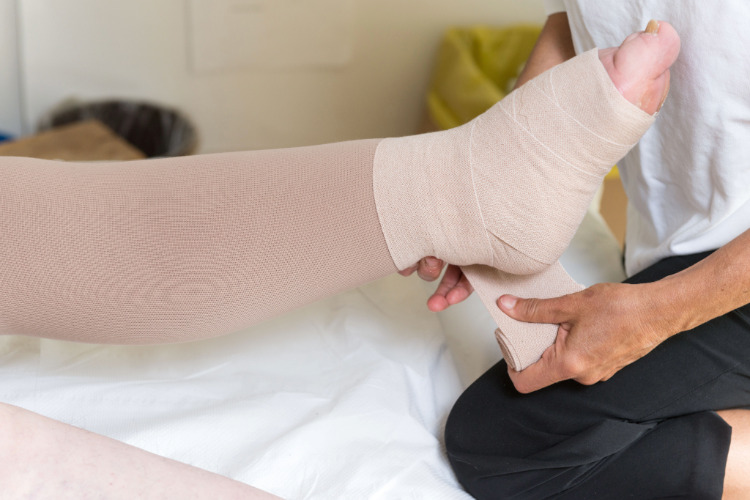
A Comprehensive Guide to Treating Edema in the Comfort of Your Home
Edema, the swelling caused by excess fluid trapped in your body’s tissues, can be a daunting condition to manage. For patients and caregivers, understanding how to handle edema effectively at home is crucial for maintaining health and comfort. This guide will walk you through what edema is, its causes, types, and various in-home treatments to help you manage this condition better.
Understanding Edema
What is Edema?
Edema occurs when fluid builds up in the body’s tissues, causing swelling. It most commonly affects the legs, feet, and ankles but can occur in other parts of the body as well.
Causes of Edema
Several factors can lead to edema, including:
- Chronic conditions such as heart failure, kidney disease, and liver cirrhosis.
- Pregnancy which can cause fluid retention.
- Medications like blood pressure medications, corticosteroids, and NSAIDs.
- Inactivity or prolonged sitting which can lead to fluid pooling in the lower extremities.
Types of Edema
- Peripheral Edema: Affects the lower extremities and is often visible.
- Pulmonary Edema: Affects the lungs and requires immediate medical attention.
- Cerebral Edema: Involves fluid buildup in the brain.
- Macular Edema: Affects the eyes, specifically the macula of the retina.
Importance of Early Detection and Consulting a Healthcare Professional
Early detection of edema is crucial for effective management. If you notice unusual swelling, it’s essential to consult with a healthcare professional to determine the underlying cause and appropriate treatment plan.
Lifestyle Changes and Home Remedies for Managing Edema
Managing edema at home involves several lifestyle adjustments and remedies that can significantly reduce symptoms.
Dietary Adjustments
- Reduce Salt Intake: Excess sodium can increase water retention.
- Increase Water Intake: Drinking plenty of water can help flush out toxins and reduce swelling.
- Balanced Diet: A diet rich in fruits, vegetables, and lean proteins supports overall health and reduces inflammation.
Elevate the Affected Limb
Elevating the swollen limb above the level of your heart helps reduce swelling by allowing fluids to drain back towards the heart.
The Role of Compression Stockings
Compression stockings are a highly effective tool in managing edema. They apply consistent pressure to the affected area, reducing fluid buildup and improving circulation.
Importance of Regular Exercise
Regular physical activity promotes better circulation and helps prevent fluid from pooling in the extremities. Aim for activities like walking, swimming, or cycling.
Monitoring and Managing Edema at Home
Regular Monitoring
Keep track of the swelling, and note any changes in its severity or location. Use a tape measure to record the circumference of the swollen area daily.
Tips to Avoid Complications
- Avoid Prolonged Sitting or Standing: Take breaks to walk around if you sit for long periods.
- Wear Comfortable Shoes: Opt for footwear that provides adequate support and avoids tight bands around the ankles.
- Skin Care: Keep the swollen area clean and moisturized to prevent skin infections.
When to Seek Medical Attention
While many cases of edema can be managed at home, it’s essential to seek medical advice if you experience:
- Sudden or severe swelling
- Shortness of breath or difficulty breathing
- Chest pain
- Swelling that doesn’t improve with home treatment
Conclusion
Managing edema at home involves a multifaceted approach that includes lifestyle changes, home remedies, and regular monitoring. By understanding your condition and following these steps, you can effectively reduce swelling and improve your quality of life.
For personalized advice and additional support, consider booking an appointment with a healthcare provider who specializes in edema management.
—
By incorporating these pr




